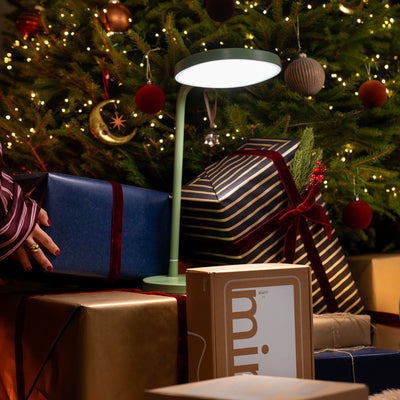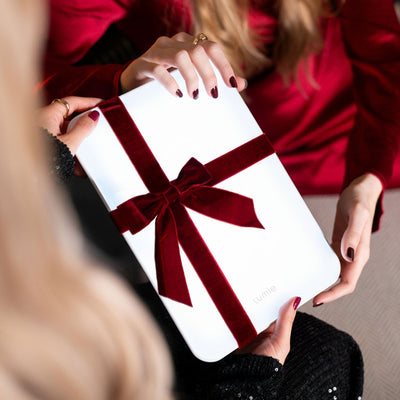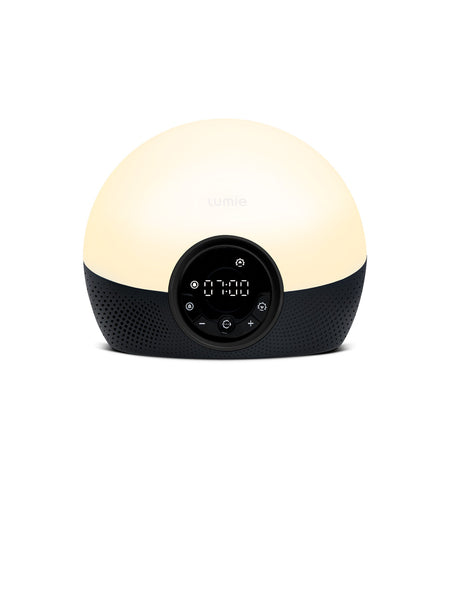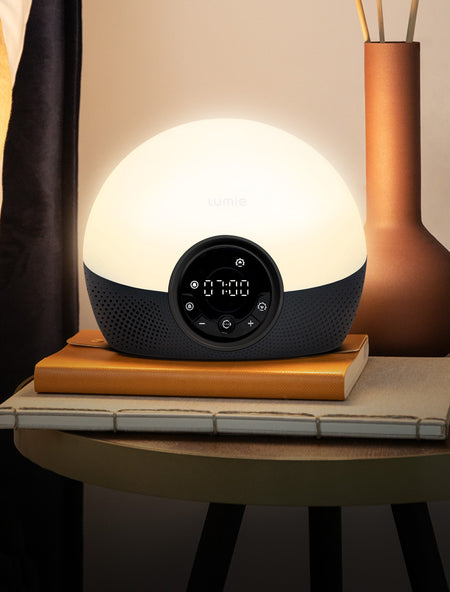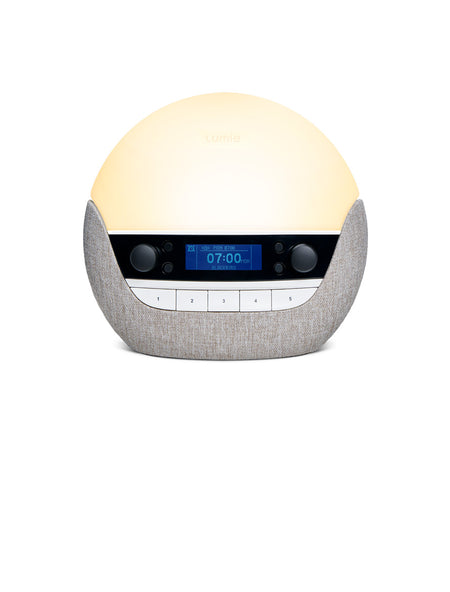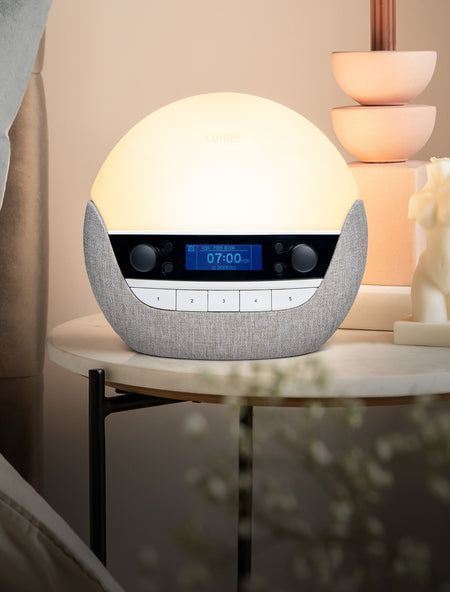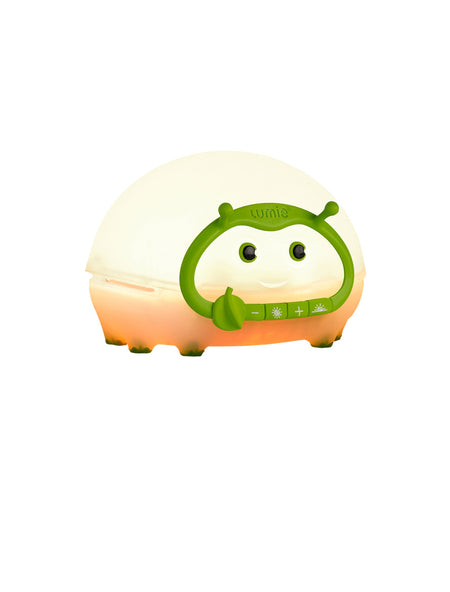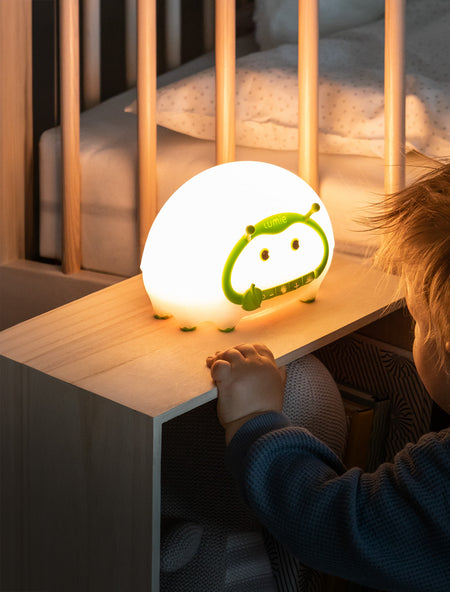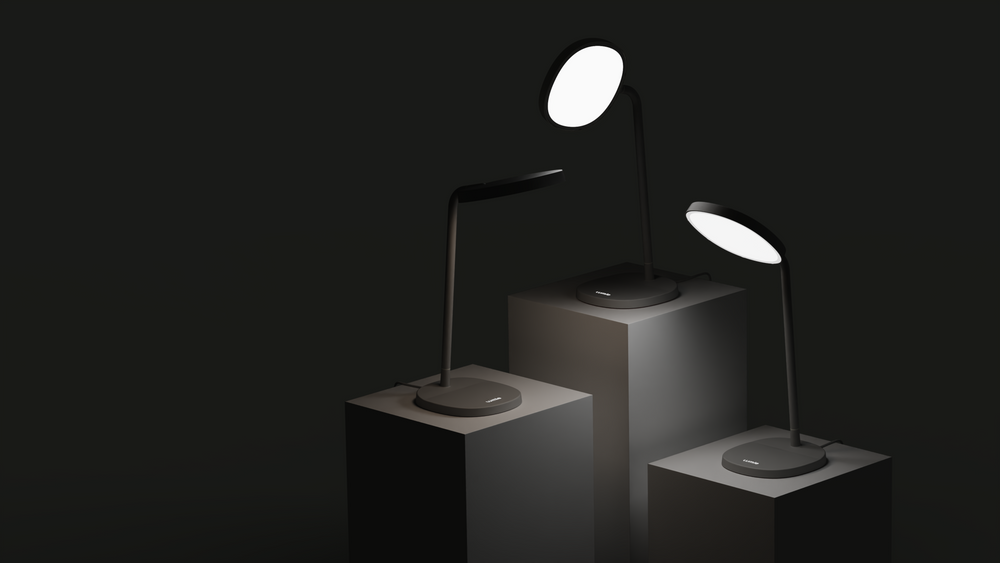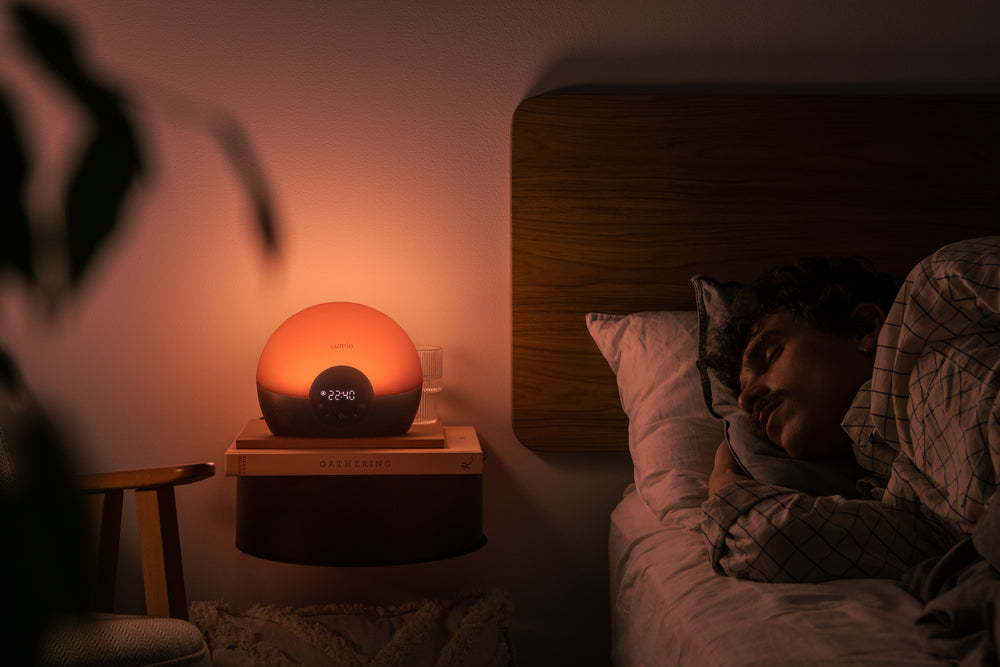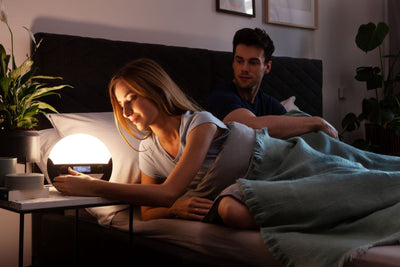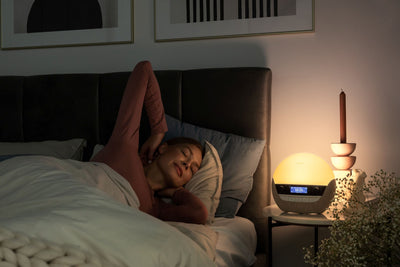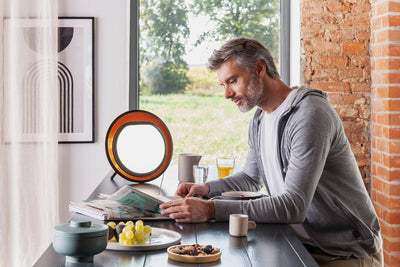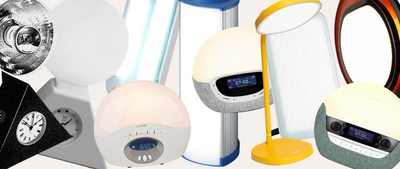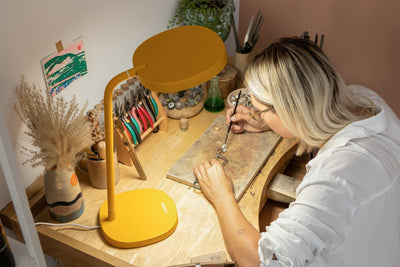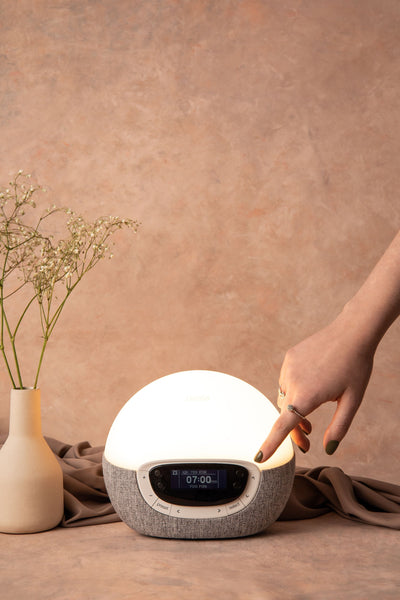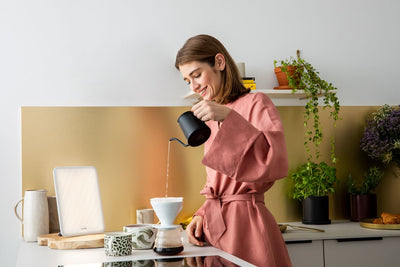How to spot a genuine light therapy device
Ensure that you are buying an authentic and effective product. Look for the following indications for all light therapy devices, including SAD lights, wake-up alarms and skincare products:
Light therapy products should conform to European manufacturing standards and carry the correct mark (e.g. e.g. CE1639).
Light intensity drops dramatically over distance. A short treatment time may have been measured impractically close. Look for clear guidelines about distance so that you know how powerful the light really is and whether or not it will suit your way of using it.
Most people are now aware of the dangers of harmful UV (ultraviolet) light. Properly designed light therapy products will incorporate special screens and filters to ensure that UV levels are negligible.
Look for actual product tests (e.g. Bodyclock) or – more commonly – for previous clinical trials that have shown the same type of light exposure to be beneficial (e.g. Arabica).
Light therapy makes a real difference but if you are not sure it can seem like an expensive risk. Reputable companies will offer a trial so that you can try the product out for yourself.
A product description promising 10,000 lux is meaningless if it's not linked to a practical distance. A lightbox that produces 10,000 lux when measured 1cm away may emit only 500 lux at a more useful 50cm. Look for manufacturer's recommendations to follow when positioning your SAD lightbox for treatment.
Use of blue light alone is still being investigated. Whilst wavelengths in the blue part of the spectrum are most effective at influencing the circadian clock and are beneficial in treating SAD and circadian disorders, there is currently nothing to suggest that blue light on its own is better than full spectrum light therapy. Furthermore, there are no studies into the long-term effects of using blue light only.


